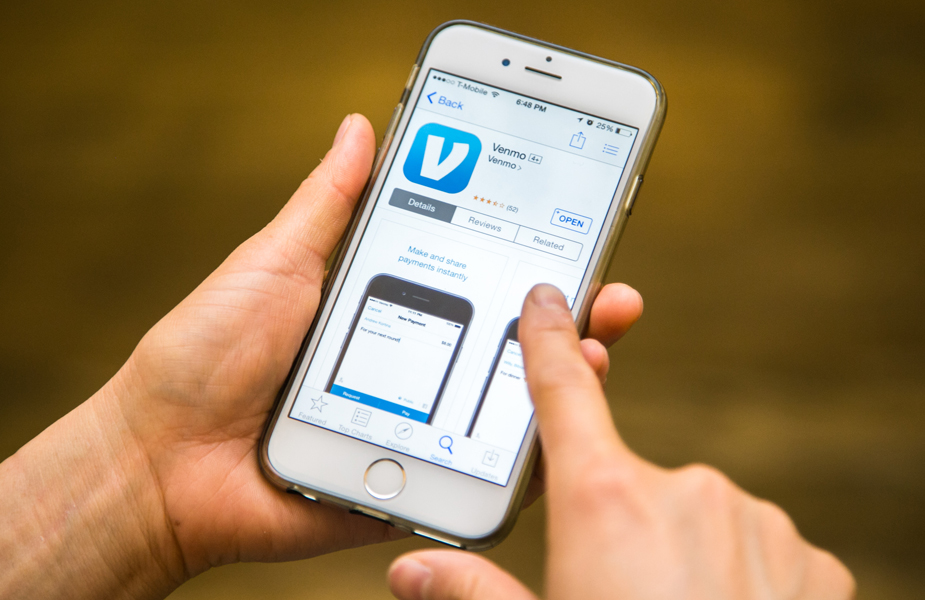
This is the first of a series of posts concerning Insights for Marketing Digital Banking and Financial Services Solutions to Generation Y and contains thoughts and ideas first published in an article by Elizabeth Romme at the Escher Group 01.09.16.
With more Generation Y and Z going cashless, paperless and branchless, financial institutions must master marketing fintech tools to them. Here are several ways to market digital banking technologies to Generation Y and Z.
Financial marketers are facing a demographic challenge as Generation Yan Z discover new alternatives that are challenging the primacy of traditional providers. Young people's expectations are constantly changing and evolving as fintech disruptors threaten the status quo.

As the financial industry continues to explore new applications, platforms and products, the marketing muscle needed to win consumers is being stretched, with an intense focus on generating positive ROI.
Generation Y was the first generation to grow up with the internet. Some of these “Digital Natives” may never handle a single financial matter without somehow using a screen. And with more and more Generation Y transitioning to this cashless, paperless, branchless lifestyle every day, it is imperative that financial institutions master marketing to Generation Y effectively.
Demographics & Psychographics
“You can't engage with someone in meaningful ways if you know nothing about them”.
Generation Y are mobile. 90% of them have smartphones, and they are likely to have their phone on hand for most of the day. Many check their phones over 150 times a day
Financial marketers will be more likely to have their messages seen and heard if they reach Generation Y through the mobile channel. And yet most banks, with the exception of OCBC Singapore FRANK have allocated essentially very small budgets to marketing in mobile channels.

So here ‘s the reality check: You can't say that your institution is serious about targeting Generation Y (and Gen Z) until you have a mobile marketing strategy in place.
Unsurprisingly, Generation Y age 21-34 have the highest levels of trust in online and mobile formats. This means if you reach them through online, digital or social media channels, Generation Y will be more willing to hear what you have to say than other generations.
When marketing to a Generation Y audience, it helps to think of one person rather than the targeting the group as a whole. To do this, marketers need to create representative personas. This will help you develop content that's more personal, conversational and engaging. For example, think of Jason, a 24-year-old who just recently graduated college. Jason likes using tech tools like Venmo (which is a free digital wallet that lets you make and share payments with friends) and he dreams of spending a year in either India or Australia… maybe both. That's a good starting point, but you can continue to define and expand Jason's personal profile. This will help you hone in on customer lifestyles and improve content messaging, this is a big step forward from the broad demographic brush used by the marketers of yesteryear (e.g., “college-educated adult males ages 18 to 35”).

Show, Don't Tell
This is what strong content marketing is all about. With traditional marketing, you are telling the world that you are a rock star, but with content marketing, you are showing your audience that you are a rock star. Generation Y who engage with your content primarily care that their wants and needs are being met. So show them how your products, platforms, software and ideas can do this.
In my next article on Marketing Digital Banking Solutions to Generation Y, I will expand the content of “show, don't tell” to “transparency that builds trust”.

In the meantime, why not call and talk to us about your bank branch retail formats, digital branding and social media requirement.

